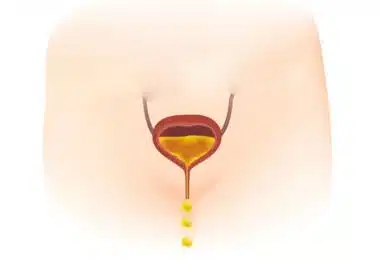
What Is Hysteroscopy?
November 15, 2022
Endometrial Polyps
November 15, 2022
What Is Hysteroscopy?
November 15, 2022
Endometrial Polyps
November 15, 2022
Urinary Incontinence
Contents
Involuntary urinary incontinence is a very common problem in women. It is reported that 25 to 45% of women suffer from urinary incontinence when coughing or sneezing. Despite the frequency of its occurrence, complaints of urinary incontinence are quite rare. The reason why complaints of incontinence are not so frequent is that people either view this situation as a normal process associated with old age or do not seek treatment, believing that there is no such thing.

Image-1: Urinary incontinence.
Many patients do not mention this complaint even during gynecological and obstetric examinations. This situation is usually identified by conducting surveys.

